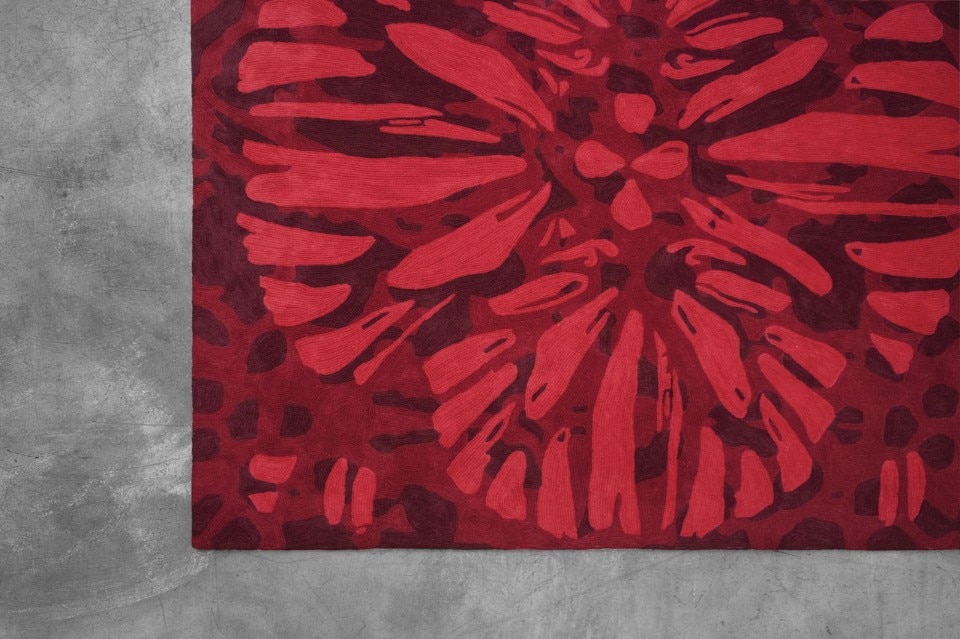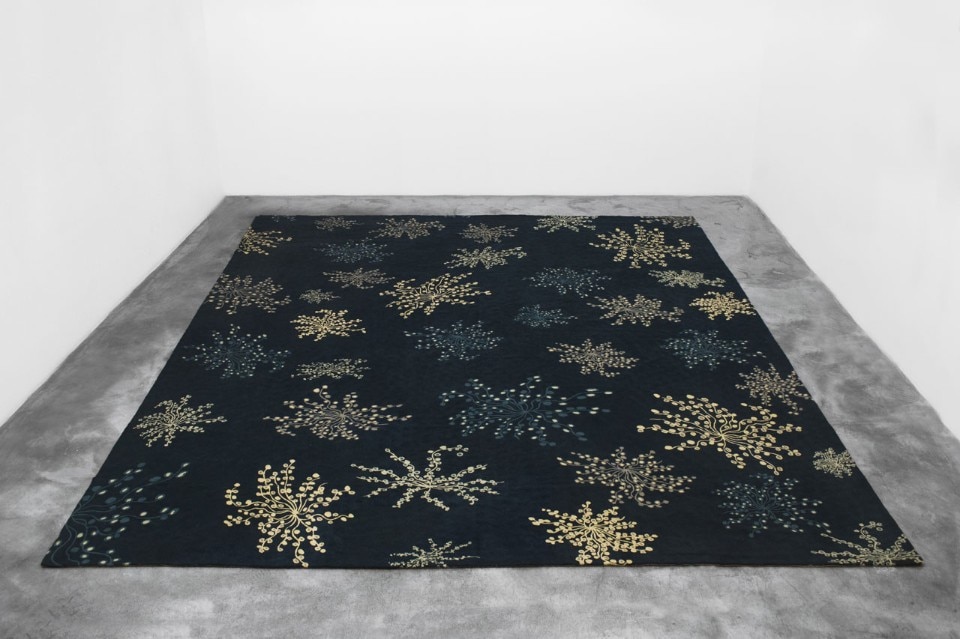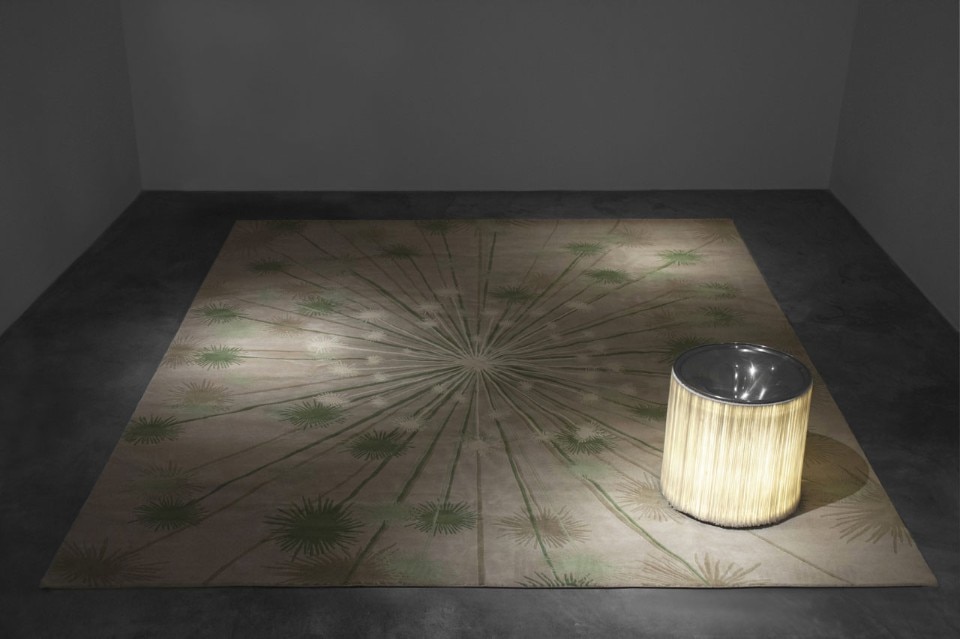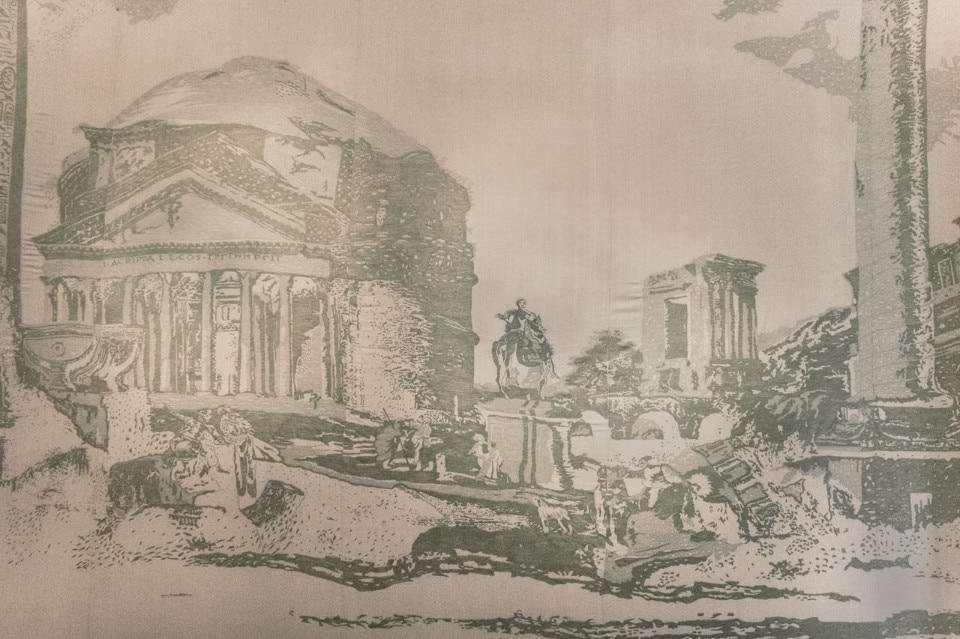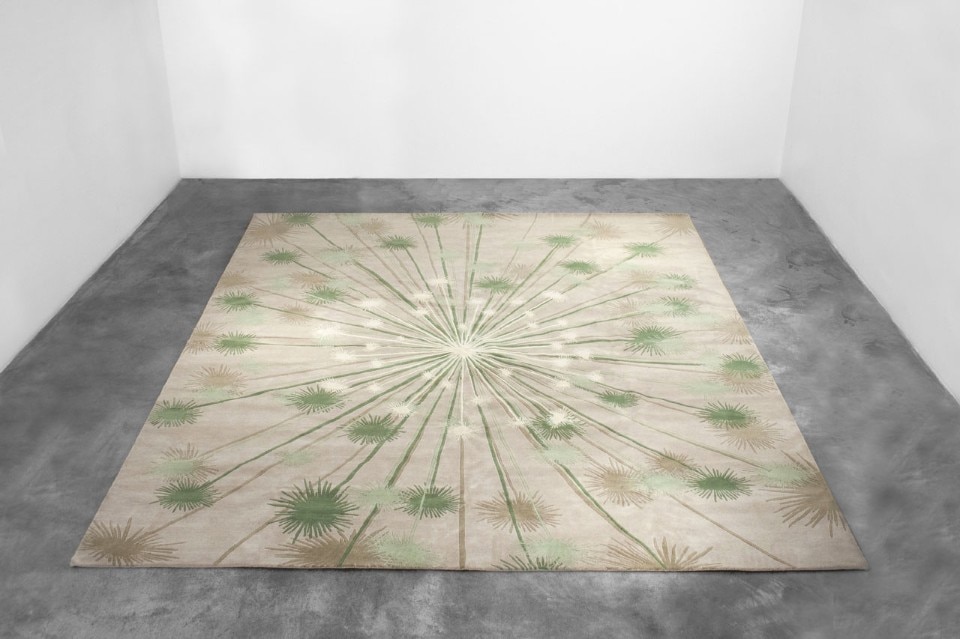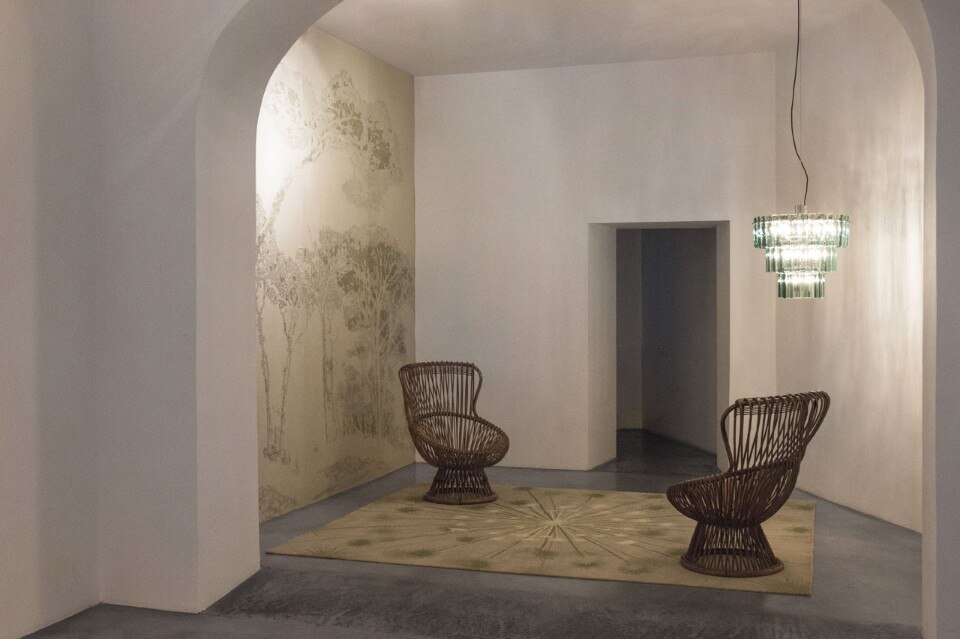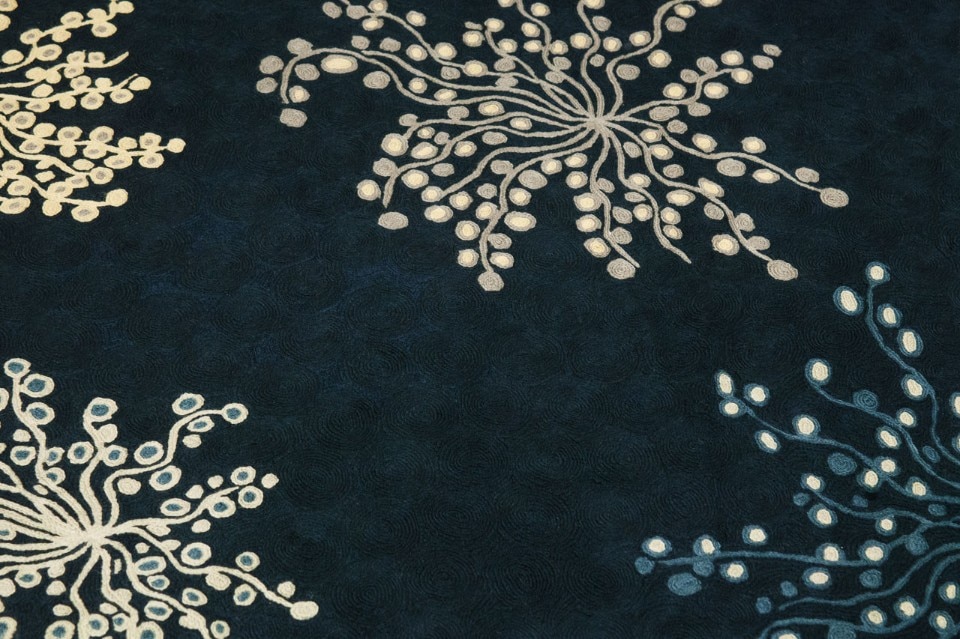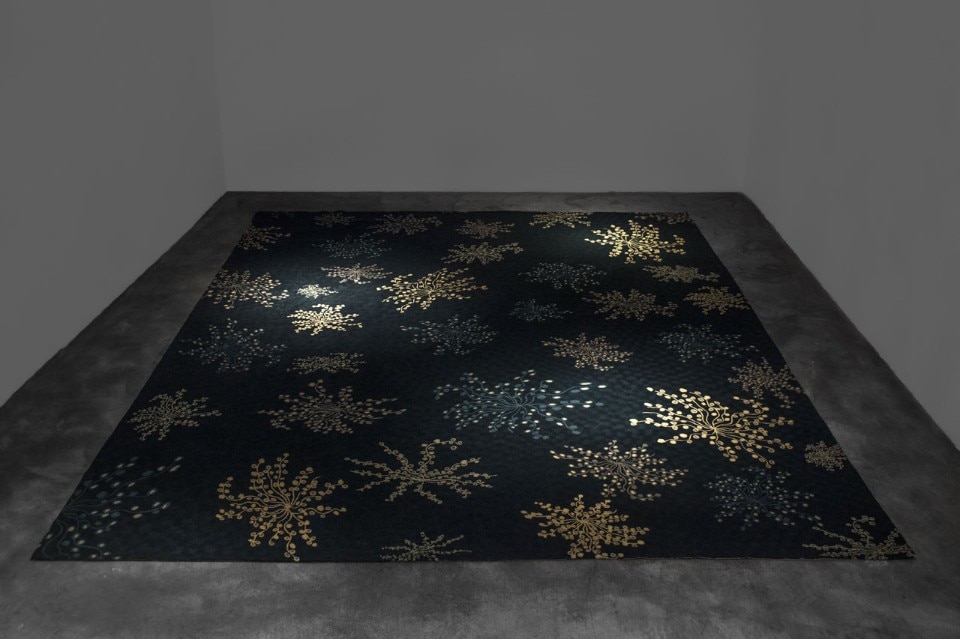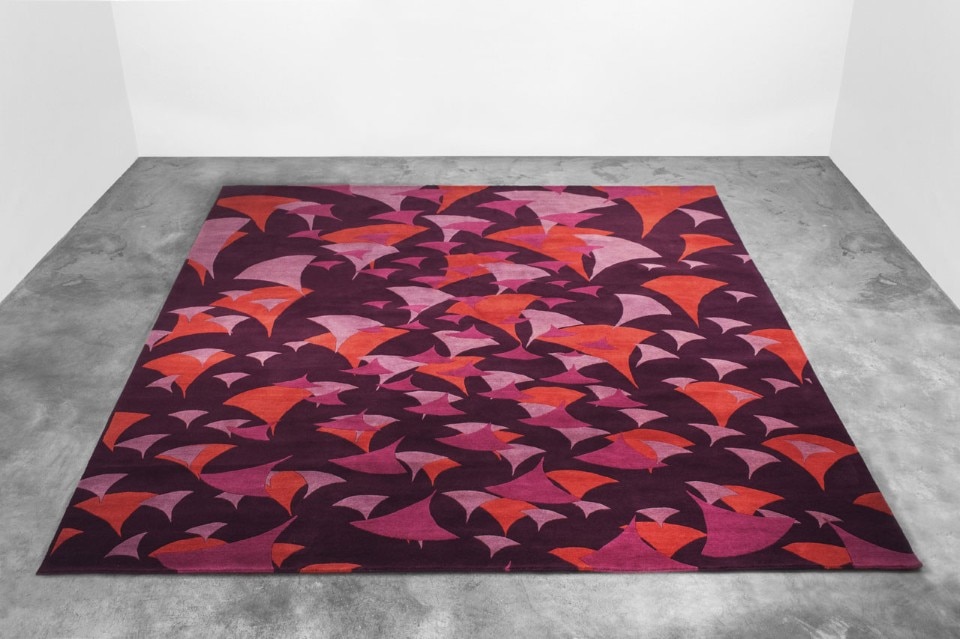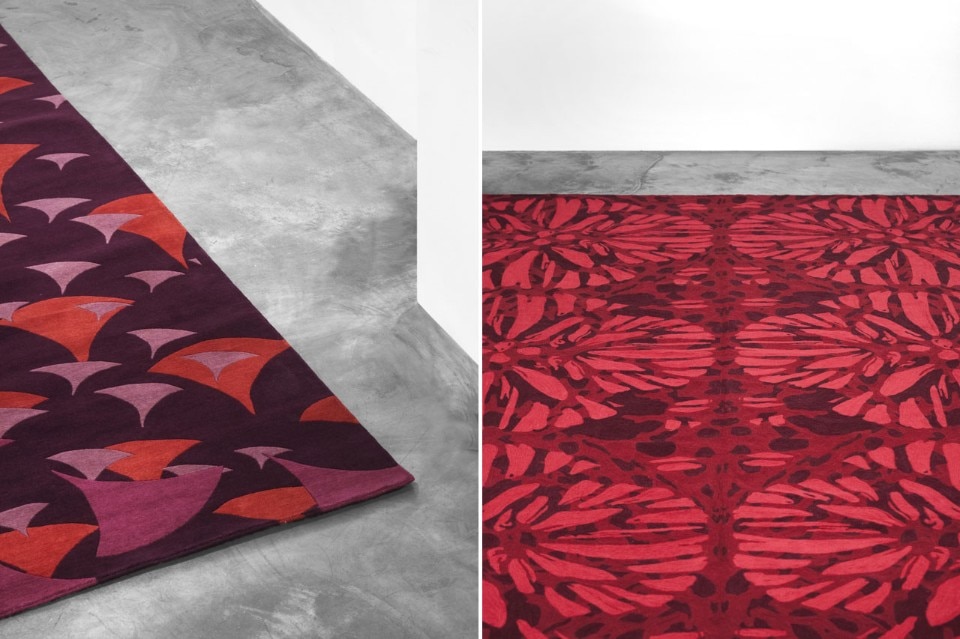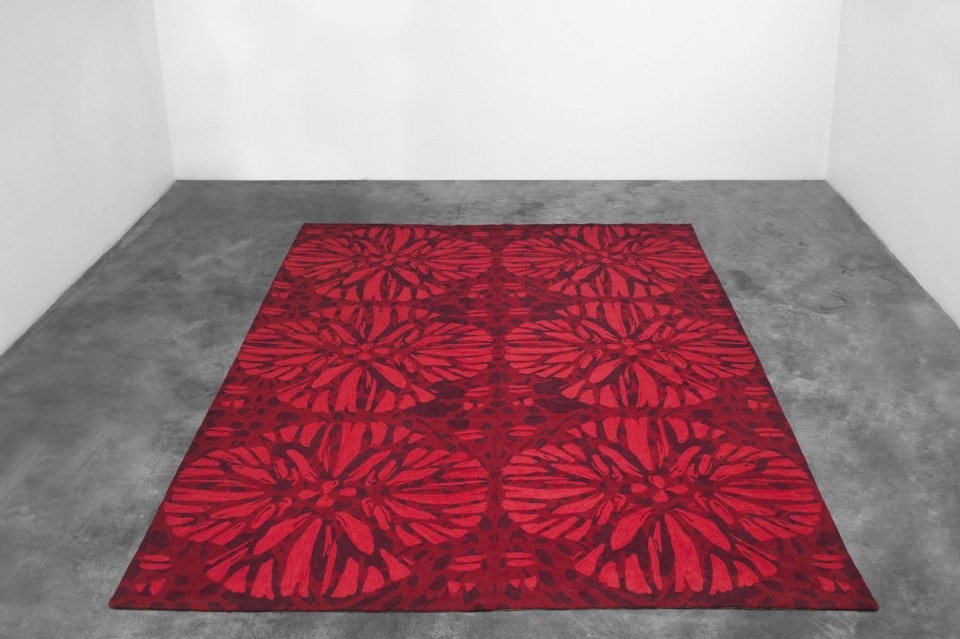
Being decorative now is neither a right flaunted out of ideological reaction like happened in the 1980s nor the exclusive prerogative of luxury living. Ornamentation is no longer a crime, and using it is less connected to cerebral and experimental spheres, and decidedly more to emotional ones. Decoration is returning to its original nature as aesthetic enjoyment, formal harmony and pleasingness. In this sense, Allegra Hicks’ textile works are emblematic for a liberation of decorative form that in some design sectors has not been so excluded, and to the contrary much appreciated and nurtured. But let us take a step backward.
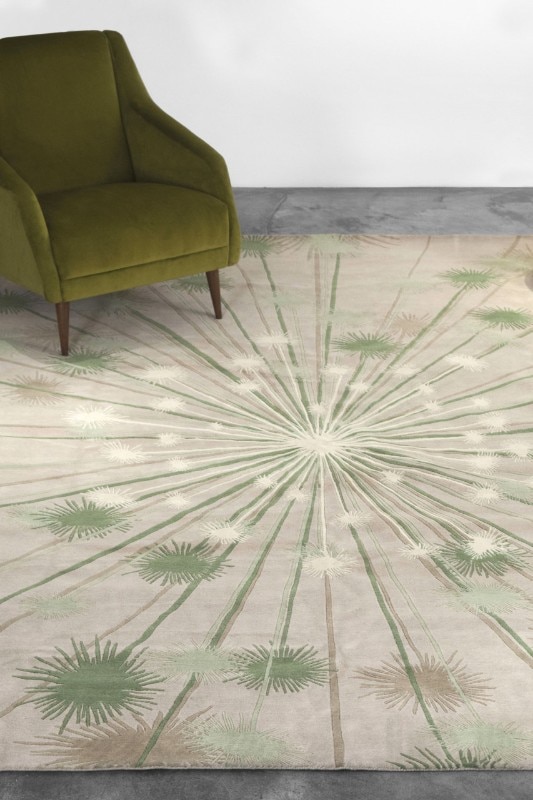
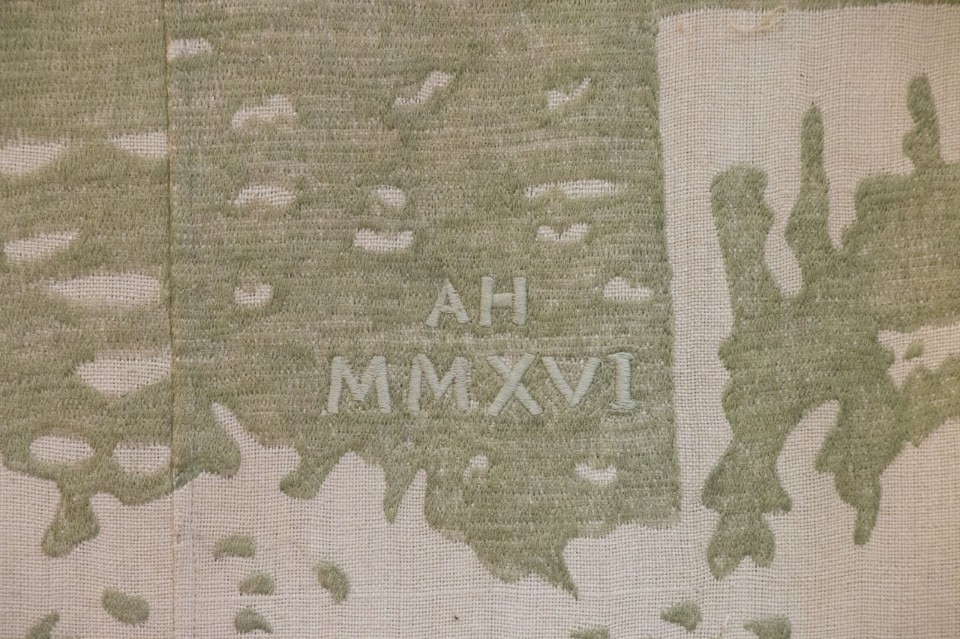
Her emotive intelligence is channelled by reiteration and discipline. When asked where she finds her most profound inspiration, we expect her to refer to nature. Instead, she answers, “In silence.” She adds that the practice of drawing is very similar and close to meditation, and silence is an effective way to clear the inner mind of external images and distractions. If she doesn’t practice this type of emptying action, she is unable to see and gather suggestions. Hicks’ monograph An Eye for Design (2010) is one big collection of photos similar to what would later be known as Instagram. It proves her dedication to juxtaposing and connecting images before a social network could stamp it with approval.
until 16 January 2017
Allegra Hicks. Per filo e per segno
Giustini / Stagetti Galleria O. Roma
via dell’Arancio 46/49, Rome

